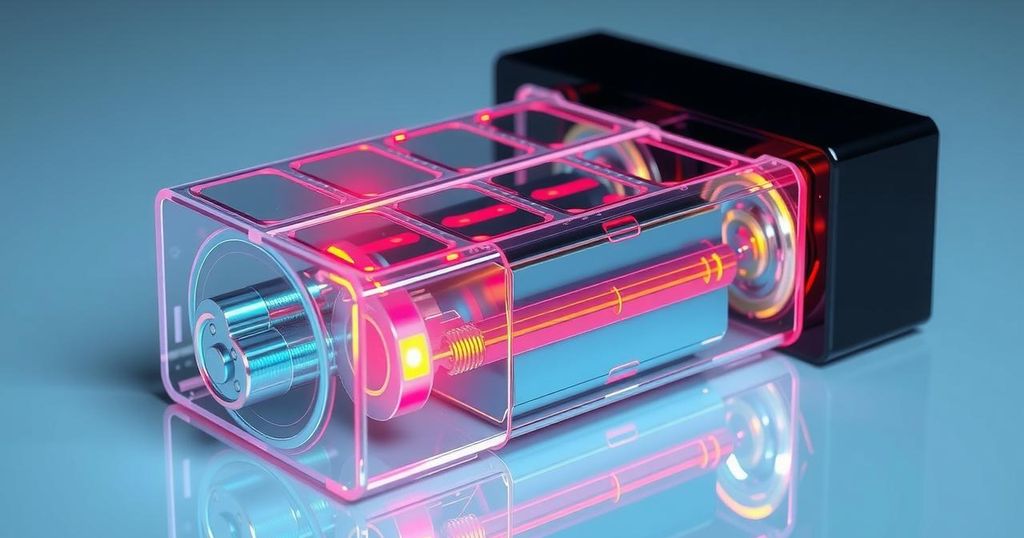Exploring the Future: Innovations in Solid-State Battery Technology
Solid-state batteries (SSBs) are revolutionizing energy storage with their solid electrolytes, offering enhanced safety and higher energy densities compared to traditional lithium-ion batteries. Recent advancements in material science have led to discoveries like a new pyrochlore-type solid electrolyte with exceptional ionic conductivity. Despite challenges in manufacturing and thermal management, SSBs are being positioned for significant widespread adoption, especially in electric vehicles and renewable energy systems.
In the quest for energy solutions that meet modern demands, solid-state batteries (SSBs) are emerging as incredible pioneers. Unlike traditional lithium-ion batteries that utilize liquid electrolytes, SSBs implement solid electrolytes which significantly enhance safety by preventing thermal runaway and leakage. This groundbreaking technology promises higher energy densities, making SSBs ideal for use in electric vehicles (EVs), portable gadgets, and renewable energy sectors.
Recent advancements in SSBs have unveiled a realm of possibilities, particularly in material science. Innovative researchers have made strides by discovering a pyrochlore-type oxyfluoride with exceptional ionic conductivity, exhibiting a remarkable 7.0 mS cm–1. This remarkable achievement not only enhances SSB stability but introduces a new avenue for superionic conductors. Similarly, polyethylene oxide (PEO) has been transformed to achieve better ionic conductivity, crucial for effective battery operation.
The design flexibility of solid-state batteries presents endless opportunities for innovation. Because of their solid structure, these batteries can be produced in various shapes and sizes, allowing integration into everything from wearables to large energy storage systems. Furthermore, their longevity outshines that of conventional liquid electrolytes, reducing the environmental impact linked to frequent battery replacements.
However, the path to commercializing SSBs is littered with challenges. Issues surrounding manufacturing scalability and the fragile nature of solid electrolytes demand urgent attention. The need for efficient heat management during operation also persists, as SSBs require precise thermal regulation, particularly in high-power applications like EVs. But despite these hurdles, the future appears bright for SSBs, which are positioned to revolutionize the energy landscape with their sustainable footprint and reliable performance.
The exploration into solid-state battery technology marks a significant leap in energy storage solutions, optimizing safety and performance for contemporary electronic devices and vehicles. Traditional lithium-ion batteries, while effective, face risks due to their flammable liquid electrolytes and limited energy capacity. Solid-state batteries represent a technological evolution, employing solid electrolytes to eliminate these hazards and increase energy density. This makes them not just safer but more efficient for a variety of applications, particularly as the shift toward electric vehicles and renewable energy continues to accelerate. Key advancements in material science and engineering are propelling the development of SSBs, addressing both safety and performance challenges while encouraging their large-scale adoption.
Solid-state batteries herald a new era in energy storage, promising superior safety, efficiency, and versatility compared to traditional lithium-ion systems. While they face manufacturing and material challenges, ongoing research and collaboration in the field suggest a transformative potential for SSBs in diverse applications, from electrifying the automotive industry to enhancing energy storage solutions, ultimately supporting the transition to a greener, more sustainable future. With each advancement, the dream of a cleaner energy landscape becomes more tangible, setting the stage for a breakthrough in how we harness and store energy.
Original Source: www.azom.com




Post Comment